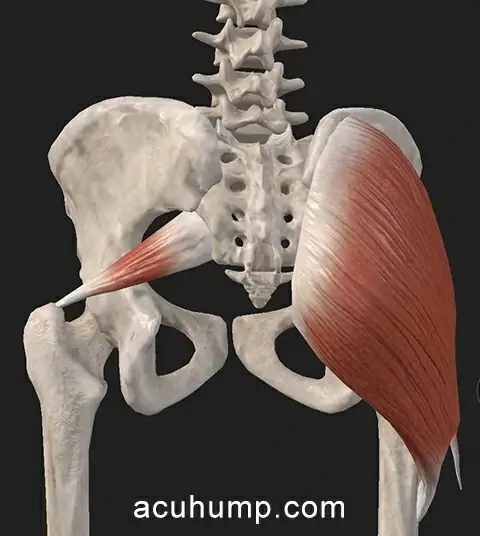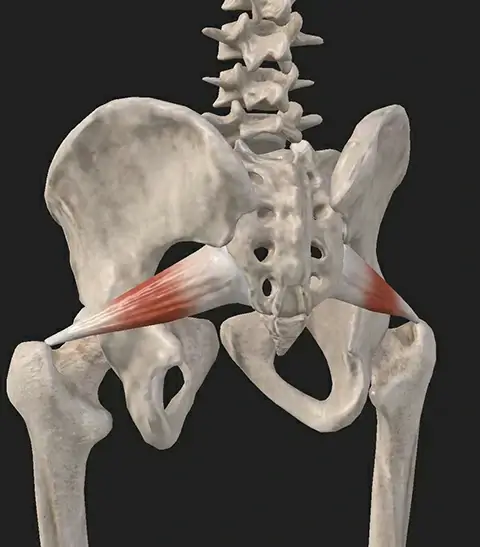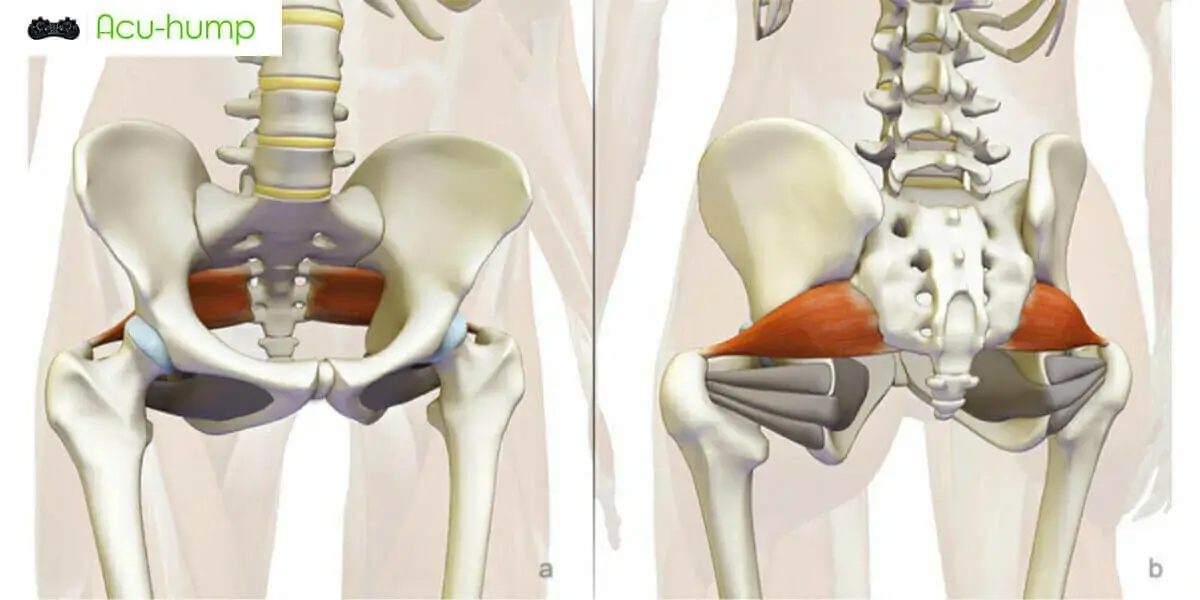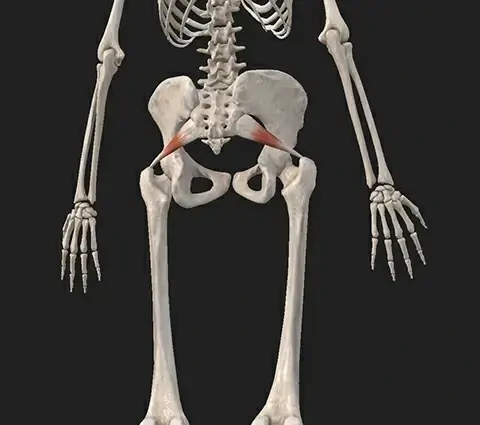The piriformis muscle may sound like the name of a pirate’s family, but it’s actually an important muscle located in the gluteal region. Understanding its origins and insertions can provide valuable insights into its function and clinical implications. So, let’s set sail and explore the fascinating world of the piriformis muscle!
Anatomy of the Piriformis Muscle
The piriformis muscle is a pear-shaped muscle located deep within the gluteal region. Its unique shape gives it a distinctive appearance, resembling a slightly lopsided teardrop. Situated in close proximity to the sciatic nerve, this muscle plays a crucial role in hip joint movement and stability.

Origin of the Piriformis Muscle
The piriformis muscle sets sail from its primary origin point, which is the front surface of the second, third, and fourth sacral vertebrae. It also finds anchorage in the sacroiliac joint, making it a real team player within the pelvis. Its close relationship with the sacrum and sacroiliac joint allows for efficient transfer of force during movements involving the hip joint.

Insertion of the Piriformis Muscle
The piriformis muscle finds its final destination as it inserts onto the greater trochanter of the femur. This bony prominence serves as the attachment point for several other hip muscles, creating a network of muscular support. Its insertion onto the greater trochanter allows the piriformis muscle to exert its influence over hip joint rotation, aiding in movements such as crossing the legs or rotating the hip during walking.

Function of the Piriformis Muscle
The primary action of the piriformis muscle is to externally rotate the hip joint. Imagine you’re a ballet dancer gracefully turning out your leg – that’s the piriformis muscle at work. Additionally, this muscle plays a vital role in stabilizing the pelvis during activities such as walking, running, and even sitting. It’s like having your very own compass ensuring smooth and coordinated movement.

Clinical Significance
While the piriformis muscle usually charts a smooth course, it can encounter some rough waters. One common condition associated with this muscle is piriformis syndrome, which occurs when the muscle irritates or compresses the nearby sciatic nerve. This can lead to pain, tingling, numbness, or even weakness in the buttocks and down the back of the leg. Understanding the origins and insertions of the piriformis muscle is crucial in diagnosing and treating this troublesome condition.

Acu-hump®
Release Butt & Hip
As we sail back to port, it’s clear that the origins and insertions of the piriformis muscle are essential to understanding its actions and clinical significance. From its unique shape and primary origin in the sacrum to its insertion onto the greater trochanter of the femur, this muscle plays a vital role in hip joint movement and stability. So, keep these factors in mind, mateys, as you navigate the sea of anatomy and musculoskeletal health. Fair winds and following seas!
Acu-hump: Full refund policy. No risk for you.
